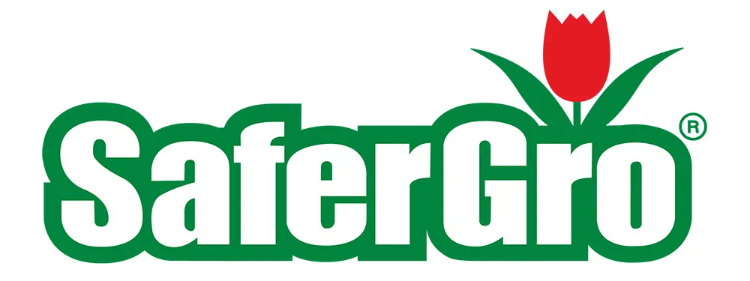"Springtime Family Fun: Cultivate Joy with a Charming Seed-Sowing Adventure!"
Engage the kids in a low-cost, no-fuss method using plastic jugs as mini greenhouses.
You have no need for expensive indoor equipment or worrying about fungus gnats, damping off, or hardening off your indoor grown seedlings. Just plant in the Plastic Containers, and set them outside.
Discover the simplicity of our five-step early spring sowing guide. All you need are plastic jugs, seeds, and potting mix – plus a few basic tools like a utility knife or scissors, a drill or screwdriver, duct tape, and a marker for labeling.
Let the joy of gardening begin without the hassle of indoor setups!
-
Plastic Jugs

Remove the lids and wash them well with soap and water and just a drop of bleach. Gallon-size containers may work best since you can sow more seeds at one time and the amount of soil in there holds the moisture better than just a half-gallon or smaller plastic container. But you can also use plastic salad containers or other clear recyclables.
-
Cut Open the Container and Add Drainage Holes
Use a utility knife or scissors to cut an opening underneath the handle, four inches up from the bottom. Leave an inch of attached plastic to create a hinge that serves as a lid to keep the top and bottom connected. Put a few holes into the bottom of your plastic container for drainage. You can use a drill, scissors, or a knife to get the job done.
Depending on the age of the child, you may choose to have an adult perform this step.

-
Label and Fill Base with Potting Soil
Securely attach a label using duct or masking tape on the lid of the transparent container, noting the seed name and sowing date.
Fill the containers with potting soil (avoid seed starting mix).
Ensure the soil is adequately moist, allowing it to hold shape without excessive water dripping when squeezed into a ball.
Combat potential dryness by incorporating Natural Wet—blend 0.5 oz. (1 tablespoon) per gallon of water into the soil.
A younger family member can easily perform this step.

4.Sow Seeds and Tape Closed
Plant your seeds as directed and spritz them with water. Be sure to check the seed package for germination specifics. If necessary, sprinkle a thin layer of potting soil on top to cover lightly.
One way to increase the germination percentage and to promote the growth of the seedling is to add Supergro 1-0-4, a microbial inoculant. The unique organisms in Supergro 1-0-4 promote growth and stimulate germination. Apply 1.5-2 oz. (3-4 tablespoons) per gallon of water and water in.
Once you sow the seeds, close the lid of your container. Tape the cut area with a long piece of tape and secure it closed. This creates that mini greenhouse effect for germinating the seeds.

5. Place Your Planted, Sealed, and Marked Containers in a Shaded Location Outside.
This early spring seed sowing method allows mother nature to cold stratify your seeds naturally outdoors, as well as hardening them off. The plastic container, mini greenhouse, stays warmer at night than the surrounding air, which allows seeds to germinate and survive outdoors much earlier in the season.
The natural cycle of the early spring temperatures, and snow or rain will automatically germinate your seeds and begin the process of seedling growth.

As the day temperatures begin to warm, be sure to check on your containers and open the lids during days with temperatures of 50°F or above. Cover again at night. Once the day and night temperatures are both well above freezing, you can leave the lid off entirely. If the soil feels dry to the touch, lightly water.
At this point it is a good time to water your seedlings in with Rhizone, which is a natural plant root stimulant and growth promoter. Healthy roots will absorb more nutrients and moisture from the soil, thus contributing to growth and stronger drought resistance. Add ½ oz of Rhizone to 1 gallon of water and water them in.
When the seedlings have two or three true sets of leaves, you can plant your already hardened-off seedlings directly into pots or the garden to enjoy.

What seeds are good for Early Spring Sowing?
You can early spring sow nearly any seed, except certain tropical species vulnerable to freezing.
For veggies and annuals, sow three to four weeks before regular outdoor planting, utilizing the greenhouse effect for early germination and hardening off. However, avoid using this method for tomatoes and peppers.
Once you experience this approach, it becomes an annual tradition—a simple, enjoyable way to align with nature and involve your entire family in the anticipation of a thriving spring and summer garden.
Share
